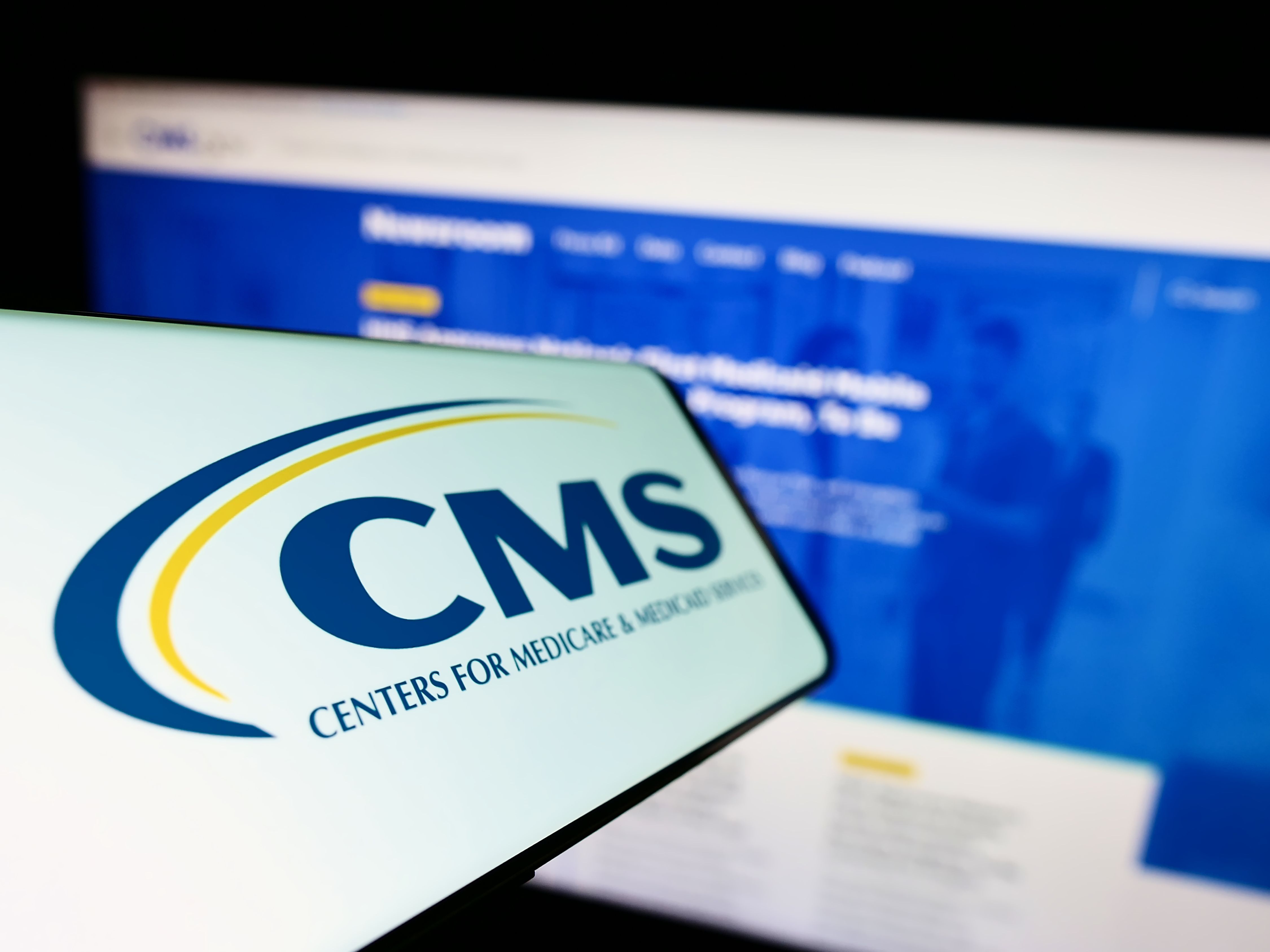Article
CMS Universal Foundation: Leaders set out a plan
Author(s):
Centers for Medicare & Medicaid Services proposes common standards to measure care and ‘better understand what drives quality improvement and what does not.’
The U.S. Centers for Medicare & Medicaid Services (CMS) proposed a new “Universal Foundation” of quality measures as a core set of criteria aligned across programs.
Using a common set of benchmarks could affect many patients – 150 million people covered by Medicare programs, with the new CMS standards aligning care for the rest of the health care system.
The goals were listed as part of CMS’ Advance Notice of Methodological Changes for Calendar Year (CY) 2024 for Medicare Advantage (MA) Capitation Rates and Part C and Part D Payment Policies, published this year. A number of CMS leaders also described the system in “Aligning Quality Measures across CMS – The Universal Foundation,” a perspective article published in the New England Journal of Medicine.
A CMS spokeswoman described the Universal Foundation in this statement to Medical Economics:
In the New England Journal of Medicine article, “CMS discussed aligning quality measures across the agency through the proposed Universal Foundation. CMS aims to promote high-quality, safe, and equitable care. The agency believes aligning measures to focus provider attention and drive quality improvement and care transformation will catalyze efforts in this area. Specifically, CMS is proposing a move toward a building-block approach: a ‘Universal Foundation’ of quality measures that will apply to as many CMS quality-rating and value-based care programs as possible, with additional measures added on, depending on the population or setting.”
“The Universal Foundation is part of CMS’ efforts to implement the vision outlined in our National Quality Strategy, and is fundamental to achieving several of the agency’s quality and value-based care goals. It is intended to:
- Focus providers’ attention on measures that are meaningful for the health of broad segments of the population.
- Reduce provider burden by streamlining and aligning measures.
- Advance equity with the use of measures that will help CMS recognize and track disparities in care among and within populations by allowing for consistent stratification.
- Aid the transition from manual reporting of quality measures to seamless, automatic digital reporting.
- Permit comparisons among various quality and value-based care programs.
“Collectively, these aims will help the agency better understand what drives quality improvement and what does not. To select measures for the Universal Foundation, CMS prioritized measures that were most likely to achieve these goals and have minimal unintended consequences (e.g., promoting overtreatment of certain conditions).”





